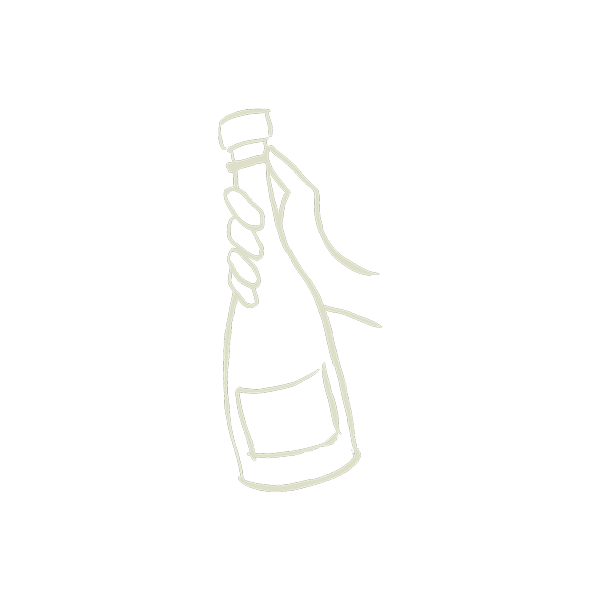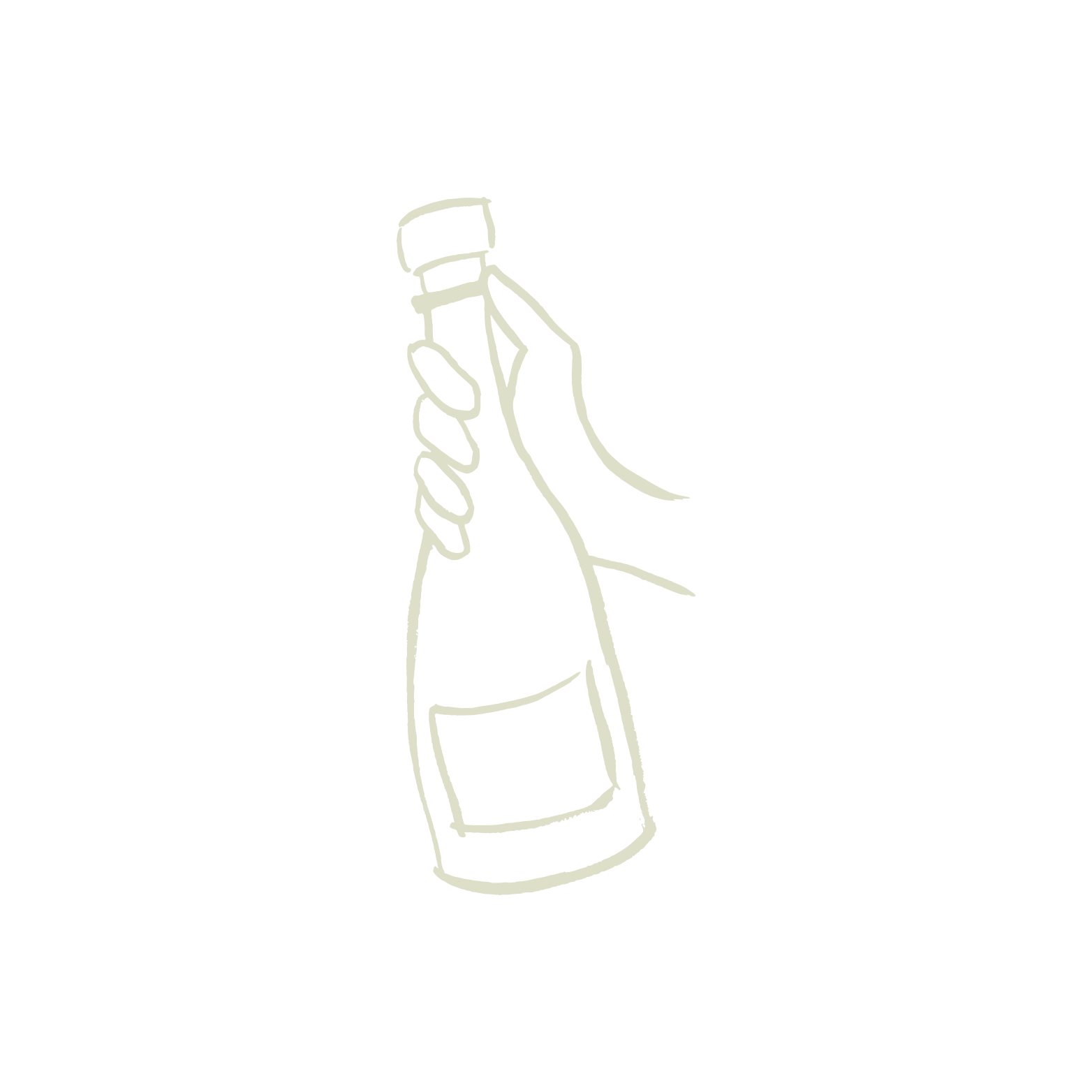Champagne VS. Other Sparkling Wine
Do you know the difference?

Method Man drinking bubbles. You’re welcome.
Let's Talk Method.
The Classic or Traditional method
The classic method or traditional method is also referred to by many other names such as méthode Champenoise, méthode traditionnelle, or método classico. This technique is used in making Champagne, Cava, American sparkling wines and sometimes Prosecco. This technique is a strict set of guidelines—an extremely intricate, complex and detailed process, which requires the winemakers to handle each individual bottle many times.
This method is a true labor of love from when grape harvest begins to the moment these bubbles hit your lips. Skipping ahead—After the first complete fermentation (where juice becomes still wine,) the wine is directly bottled from the vat.
Each individual bottle is fed a mixture of sugar and yeast, which activates a second fermentation in the bottle. The sugar eats the yeast and creates C02. With nowhere to go, the pressure builds and voilà, the still wine becomes bubbly. Then each bottle is sealed with a crowned cap and gently put to sleep on its side like a new born baby.
Then comes remuage, dosage, disgorgement, oh my!
Verdict: Creates the most bubbly bubbles—aggressive yet elegant and long lasting.
Charmat method or Tank method
Unlike the classic method where the 2nd fermentation occurs in the bottle, after the second fermentation in a giant tank, all of the yeast used in the fermentation process is filtered and removed. Some of the residual sugar is left from the introduction of the liqueur de tirage- the sugar & yeast mixture added to create 2nd fermentation. The bubbles are then transferred to bottles from said pressurized tank to keep bubbles intact.
Verdict: Creates fatter, bigger, explosive bubbles.
Méthode Ancestral
Fermentation happens in the bottle. Although very similar to the classic or traditional method, this process involves only one fermentation that is almost a combination of 1st and 2nd fermentation.
The juice is moved from vat to bottle and sealed before the 1st fermentation is complete, allowing the process to finish in the bottle. Temperatures are dropped to put the wine to sleep and then raised to reactivate fermentation when the bubbles are formed. No dosage is added. Then it’s ready to drink, skipping all other steps.
It’s basically the wild, unfinished, but unbelievably hip sister of the classic method.
Verdict: Creates moderately fizzy wines. Calmer foam with larger bubbles that dissipate quickly. These bubbles tend to be cloudy and unfiltered. Some producers do disgorge but overall, a little funk is a desired effect.
Carbonation method
This method isn’t all that complicated. Carbon dioxide is pumped into the giant tank of base wine (like a soft drink), and is then bottled and corked.
If you're a visual person, check out the chart below for details.
Okay, okay - So what's the difference?

So, why choose Champagne over other sparkling wines?
Because you deserve it.
For real though, life is just better when you have a glass of bubbles in your hand. As you can see, there are many incredibly crafted sparkling wines made outside of Champagne, which can sometimes make your decision harder when choosing what kind of bubbles to enjoy.
Although other sparkling wines are delightful and easier on your wallet, life is short so why not drink the best? Like your wise, old grandma used to say, “you get what you pay for.” The reason why Champagne has a heftier price tag is because of how it’s made and the labor that it takes to produce. Plus, isn't it so freakin' cool that each bottle of Champagne is it's own fermentation vessel? That makes each bottle individually unique.
At fatcork, we believe that Champagne is the best sparkling wine in the world. Why? The history and dedication in the process, the region’s incredibly unique terroir, the temperamental influence of duel oceanic and continental climates, and most importantly it’s distinctive flavors and aromas. Best put by Dom Pérignon, the master himself, “Come quickly. I’m tasting the stars.” Now who doesn't want in on that!? It’s a truly wonderful experience.
Now that you’re the expert on sparkling wine terminology, next time your best bud incorrectly refers to Prosecco as Champagne, you’ll be ready with a spicy correction - “Au contraire mon frère!”
Happy Friday!
Cheers,
Team fatcork


